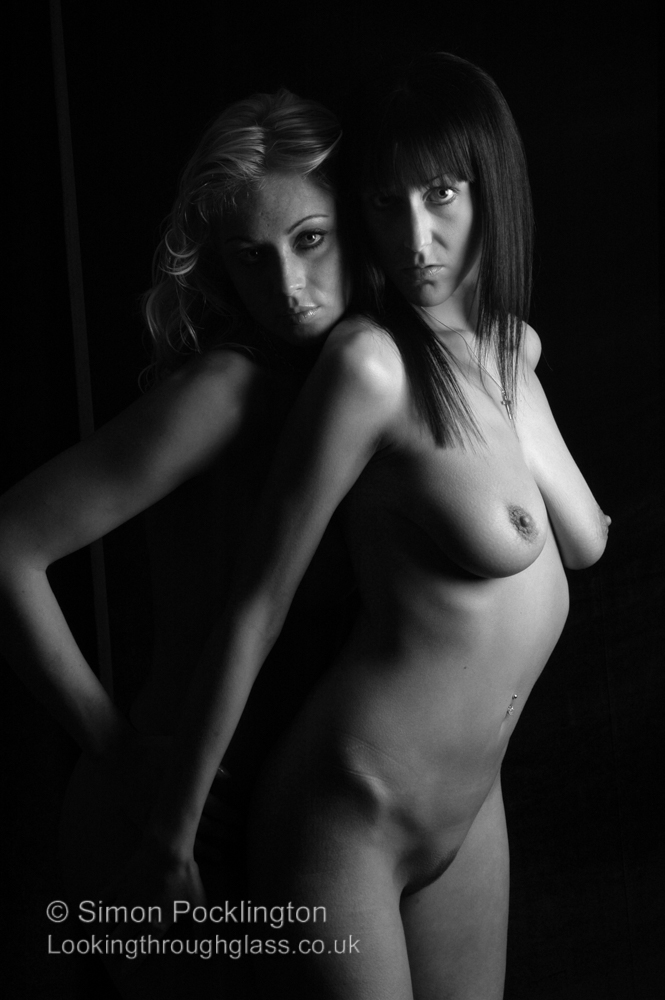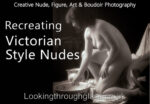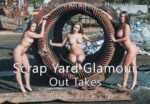Nude Photography with one light (and one model)
Keep it simple stupid is often pretty good advice. These photographs were taken in my studio with one light and one model. OK sometimes I used a reflector to lighten the shadows because the cameras dynamic range doesn’t match the human eye.
Why One Light?
Using a lot of lights is not only complicated but takes a lot of time. Even if you have set them up and balanced them before the model arrives there can still be a lot of fine tuning (otherwise known as fiddling around) which wastes valuable shooting time. Of course if you don’t have a studio you can always use windowlight. Comparing Daylight and Artificial Light

Latest Updates, Free Stuff & Discounts
Subscribe to my Newsletter and receive a free copy of Using Window Light to Photograph Nudes plus exclusive updates, free critiques and a discount on prints and books.
Two Models Is More Than Twice As Difficult

Two models means you have to watch for two sets of blinks and check the posing of twice as many arms and legs. You will also have to watch the lighting carefully as the model nearest the camera will cast the other into shadow.
Unless you have two experienced models who are used to working together you never get one photo where they both look good.
The favourite of many hire studios – two lights with diffusers produces a soft even light. This makes it easy to pose the model as, wherever she is, there are no shadows. But unless you are shooting for a men’s magazine where everything is on display the lighting is flat and boring.
I often use a single light. When photographing nudes. I usually add a diffuser to soften the shadows on the body a little. Barn doors or gobos keep the light off the background and concentrate on the subject.
The shadow will add shape and form to models body. Be careful as the lighting will also highlight and blemishes but these can often be hidden in the shadow. A single light is easy to move around to create different effects.
Using a reflector
Sometimes our cameras cannot record detail in the shadow and the highlights at the same time. The solution is to reduce the dynamic range. (What’s dynamic range? Free downloadable PDF on Exposure). The easiest way to do this is by using a white or silver reflector to bounce a little of the main light back into the shadows.
This is much more gentle (and easier) than turning on a second light and is especially useful for portraits.
Nude photography with one light frees up the photographer and the model to concentrate on producing creative images. The model can get into the flow of the session and doesn’t have to keep waiting whilst the photographer fiddles with the lights. The session flows and the results are often great.
More guides

The photos of Fiona shown her are from two different sessions both using one light.
Creative Nude Photography shows you how to go beyond the norms of conventional glamour. The book contains sections on the concept, but is it art plus practical advice on finding models and camera techniques. The final section shows examples of creative nude projects
Want a hard copy to read? Printed edition available here
More on how to photograph nudes
- The Concept – Take Better Photographs of Nudes
- Victorian Style Portraits & Nudes
- Scrap Yard Nude Glamour – Out Takes
- Nude Photography Composition
- Photography Modelling Guide
- Writing With Light – Nude photography lighting
- Creating The Scrap Yard Nudes Calendar
- Photographing Nudes – A Different Point of View




















